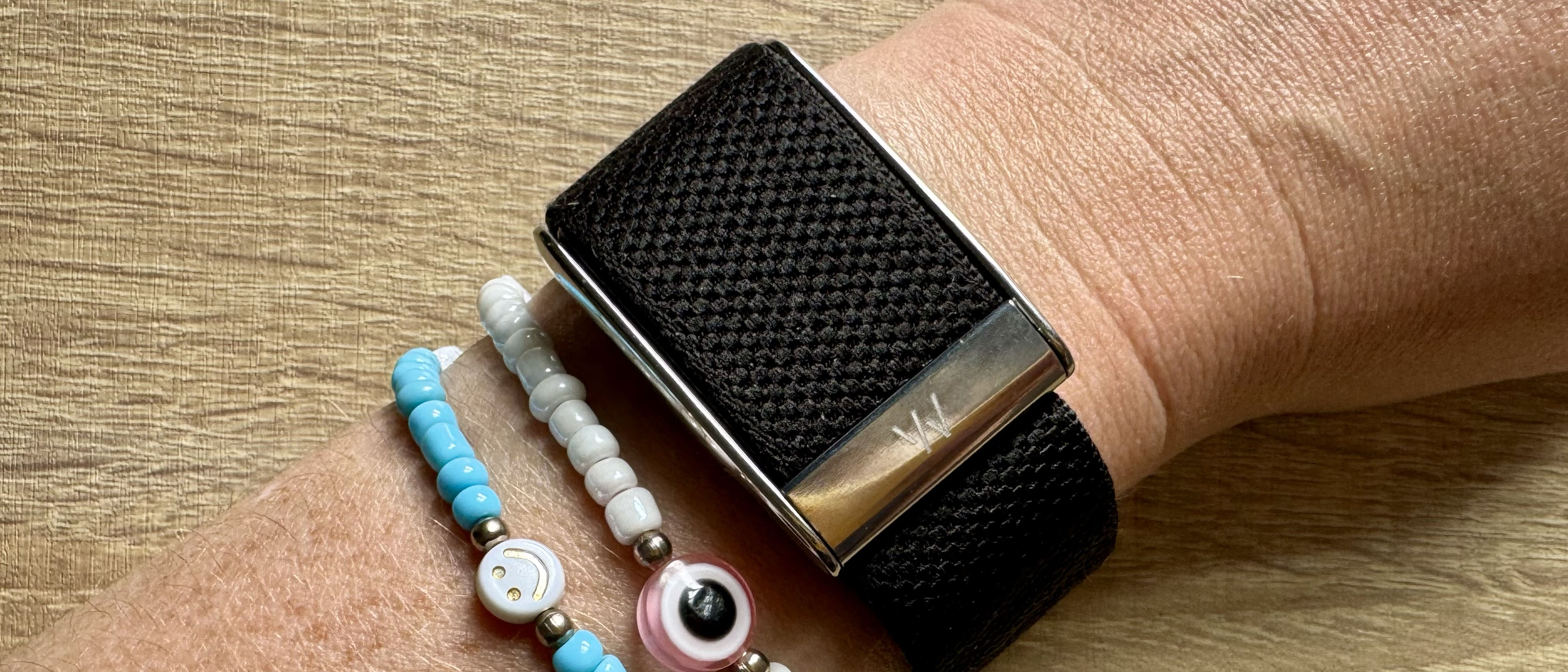Tom's Guide Verdict
The Whoop 5.0/MG gives you tons of information, helping you gain deeper insights into your overall health. The new trackers are smaller and lighter than their predecessors, and the medical-grade Whoop gives you an ECG reading in minutes. It’s an expensive product, but there’s a huge range of health features available.
Pros
- +
The band is lightweight and discreet
- +
Whoop MG features a medical-grade ECG sensor
- +
New Healthspan feature gives insights into how fast you’re aging
- +
14-day battery life
Cons
- -
The top-tier membership is expensive
- -
The cheapest membership lacks new features
Why you can trust Tom's Guide
Should you give a Whoop about the two new Whoop devices on the block — the Whoop 5.0 and the Whoop MG — and should you upgrade from your Whoop 4.0? If you’re new here, Whoop makes the discreet fitness trackers you’ve probably seen strapped to the wrist or upper arm of some of your favorite athletes. They look like a band of material and don’t have a screen, but give you tons of health data.
Size: 34.7 mm x 24 mm x 10.6 mm
Weight: 26.5g
Waterproof: Up to 10m
Battery life: 14+ days
Charging time: 152 minutes (Basic), 110 minutes (PowerPack)
Yet buying a Whoop is no longer a matter of deciding between the Whoop 5.0 or Whoop MG (MG stands for medical grade, as the tracker can give you medical-grade ECG readings). There are three different membership tiers to choose from, and the different tiers relate to the features loaded onto the device.
After reviewing the Whoop MG, I’d say for most people, it’s best to opt for the Whoop 5.0 with the mid-tier ‘Peak’ membership. Read my Whoop 5.0 review below to find out more, and see the key differences between the devices and membership tiers, and how it stacks up to the best fitness trackers.
Whoop 5.0 review: Price and availability
Confused by the new membership options? Let’s dive into it.
Whoop One ( $199/£169 per year)
This is the most affordable option if you want to subscribe to Whoop. If you choose the Whoop One membership, you’ll get the Whoop 5.0 tracker with the basic charger and CoreKnit band, as well as access to the foundational Whoop experience. This includes Sleep, Strain, Recovery, core activity tracking including steps, VO2 max data, and Women’s Hormonal Insights. You won’t get stress monitoring or the new Healthspan feature.
Whoop Peak ($239/£229 per year)
Get instant access to breaking news, the hottest reviews, great deals and helpful tips.
This is the mid-tier option, and the option we’d recommend to most people. You’ll get the Whoop 5.0 tracker with the SuperKnit band, along with a wireless charger, and everything in the ‘One’ membership, but also Healthspan (this is Whoop’s new feature with ‘Whoop Age’ and ‘Pace of Aging’), the Health Monitor, and the Stress Monitor.
Whoop Life ($359/£349)
This top-tier plan comes with the Whoop MG device and SuperKnit Luxe band. You’ll get all of the features from the ‘Peak’ membership, as well as blood pressure and ECG readings.
The devices are available for order now. There’s also a number of different strap options to choose from, including a SportFlex, fast-drying elastic band, a LeatherLuxe band (which isn’t water or sweat resistant), and a CoreKnit Bicep band for those who prefer to wear their Whoop on the upper arm. Whoop 4.0 bands are not compatible.
Both the Whoop 5.0 and Whoop MG are compatible with Whoop Body apparel.
Whoop 5.0 review: Design
The Whoop 5.0 and Whoop MG are virtually identical, and look very similar to the Whoop 4.0, but they are both 7% smaller and thinner. For this review, I tested the Whoop MG and found the discreet tracker was comfortable to wear, and sat flush against my wrist. My only complaint, as with all fitness trackers with a material band, is that it felt soggy against my wrist when getting out the pool, but this isn’t too much of an issue, and not one that can be directed at Whoop alone.
The only difference between the Whoop 5.0 and Whoop MG in terms of design is that the latter has the ECG functionalities built into the clasp — to do an ECG reading, you place the fingers of your opposite hand against the indent. The Whoop 5.0 does not have these.
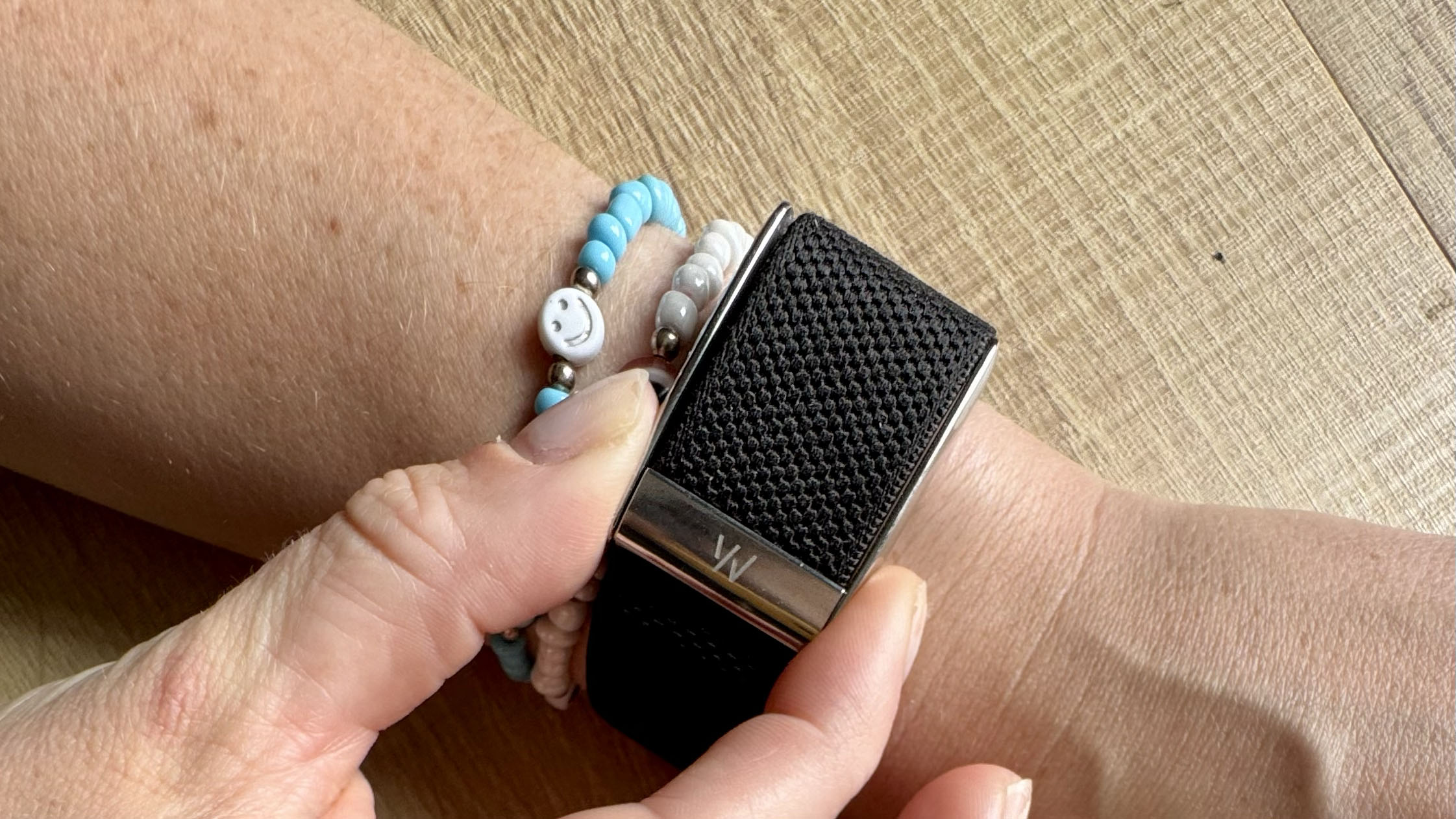
Whoop 5.0 review: Battery life
I’ve been impressed with the Whoop MG battery life — Whoop promises two weeks of wear between charges and I’d say that’s about right. I’ve been wearing my band for two weeks for this review, and am still on 27%. This is a huge upgrade from the Whoop 4.0, which lasted around five days between charges.
When talking about battery life, it’s worth highlighting that the different memberships affect which charger you receive — only the Peak and Life membership options come with Whoop’s wireless charger, which in my opinion, is one of the best things Whoop has invented (seriously, Apple, take notes.)
The wireless charger slots neatly over the Whoop clasp, allowing you to charge on the move (just note, it’s not waterproof, so don’t shower or do the washing up while wearing it.) Like most trackers, the Whoop is designed to be worn 24/7 for accurate health monitoring, and this clever device means you won’t take your Whoop off to charge and forget to put it back on.
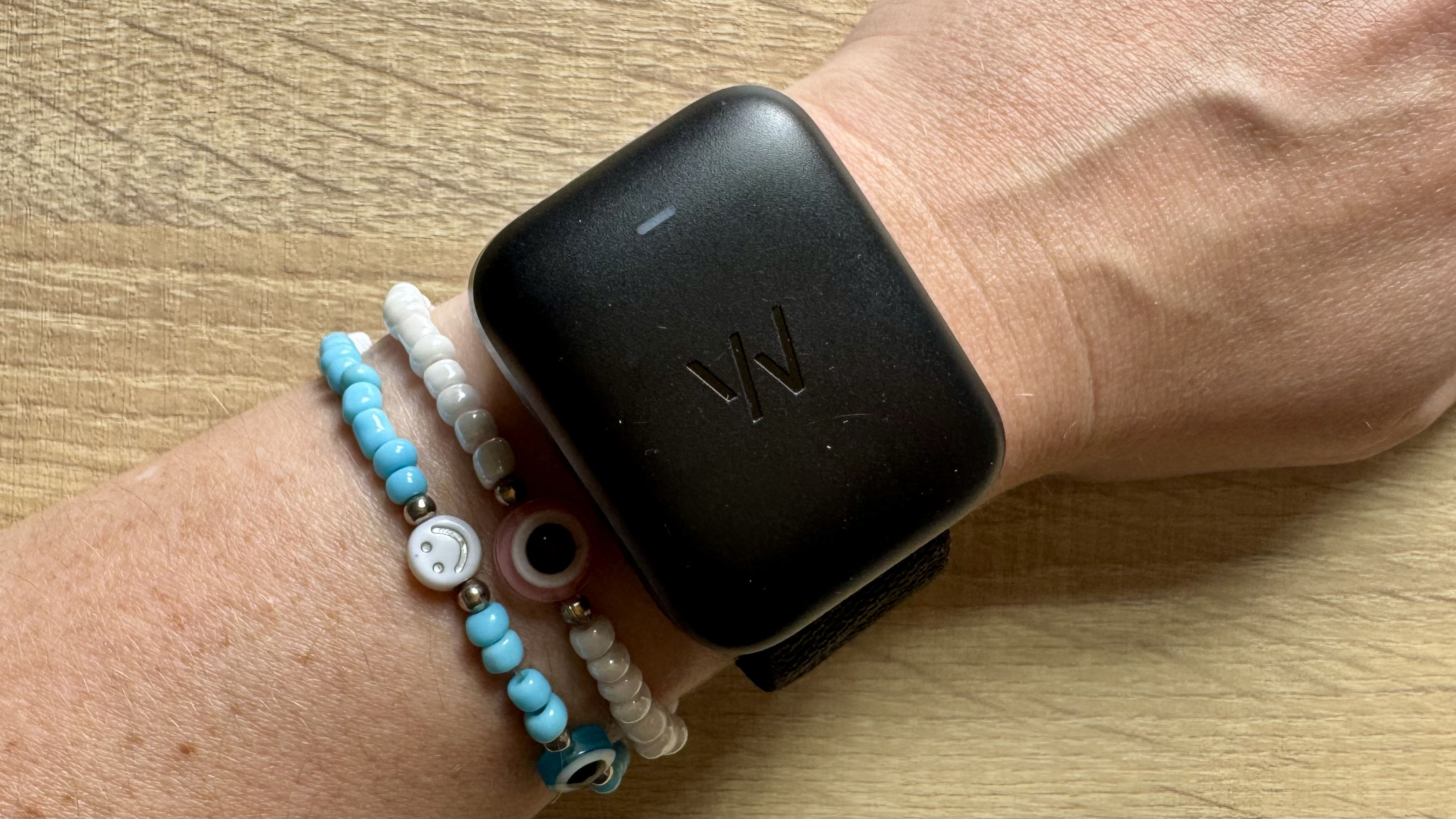
If you’re upgrading from a Whoop 4.0, unfortunately the Whoop 4.0 Battery Pack won’t work with the Whoop 5.0 or Whoop MG as the charging capabilities are slightly different. A bit of a bummer if you were hoping to upgrade and go for the cheaper membership.
Whoop 5.0 review: Health tracking
Again, the health tracking features you recieve depend on the membership tier you opt for. Having tested the Whoop MG, I’d recommend most people go for the Whoop Peak tier, as I’d argue the most exciting features are reserved for the Peak and Life tiers.
With all of the membership options, you’re getting updated hardwear with the Whoop 5.0 and Whoop MG — both have a newer processor that is 60% faster than that in the Whoop 4.0. This means quicker syncing and a better app experience. I also found workout auto-detection was more precise.
Both also have the new Sleep Performance Update, step tracking and Women’s Hormonal Insights. I rely on my wearables to monitor my cycle, especially since giving birth to my son 15 months ago, and have been impressed by the Hormonal Insights feature. It’s one of the most advanced I’ve ever tested, and shows, at a glance, which stage of my cycle I’m in, and the impact my hormones are having on my sleep, strain, recovery and well-being.
The Whoop Peak and Life membership subscribers get a skin temperature sensor, but unlike the Oura ring, it can’t be connected to third-party apps to be used as a form of contraception. That said, the insights are in-depth, and impressive. There’s also pregnancy tracking available.
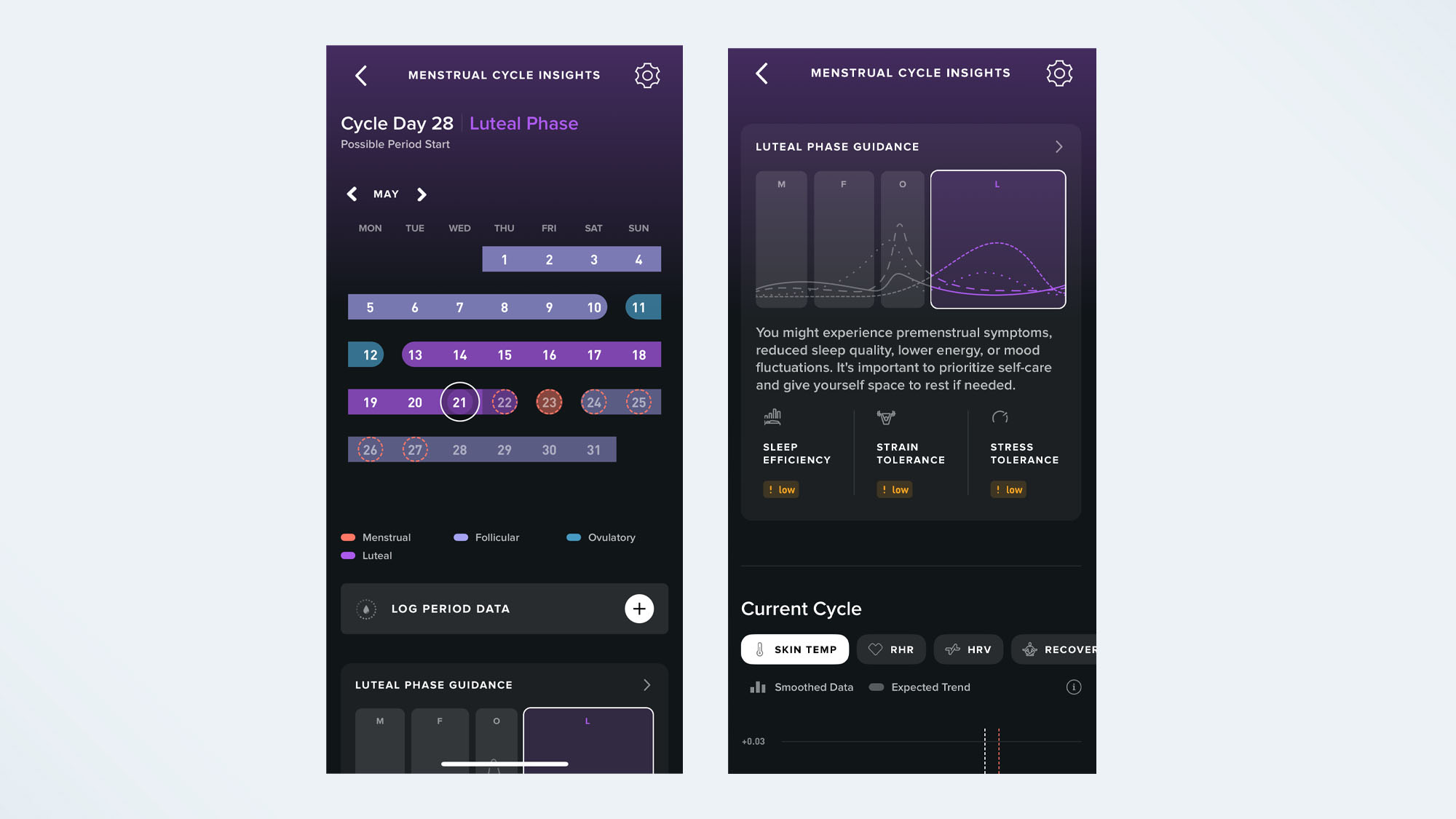
Here’s a reminder of the different health tracking features, based on membership:
One
- Sleep, Strain, Recovery scores
- VO2 max estimates/heart rate zones
- Women’s Hormonal Insights
- Step tracking
Peak
- All of the above
- Healthspan (Whoop Age, Page of Aging)
- Health Monitor (resting heart rate, HRV, skin temperature, respiratory rate, blood oxygen)
- Stress Monitor (stress tracking, guided breathwork sessions)
Life
- Everything in the Peak membership
- Medical-grade ECG: FDA-cleared for detecting signs of Atrial Fibrillation (AFib) and providing Irregular Heart Rhythm Notifications
- Blood Pressure Insights (Beta)
The big feature Whoop is shouting about when it comes to the Whoop 5.0 is Healthspan (more on that below). That said, during my testing I’ve been impressed with the Stress Monitor, which has showed me just how tense I can get when my toddler is emptying the kitchen cupboards. It’s helped me realize the strain stress can have on my body, even when I’m not feeling particularly stressed, and helped me take five when I need.
I also think health metrics like resting heart rate, heart rate variability (HRV) and skin temperature tell you a lot about your day to day heath — most of the best fitness trackers on the market have these sensors, and it’s a little disappointing they aren’t included in the One membership.
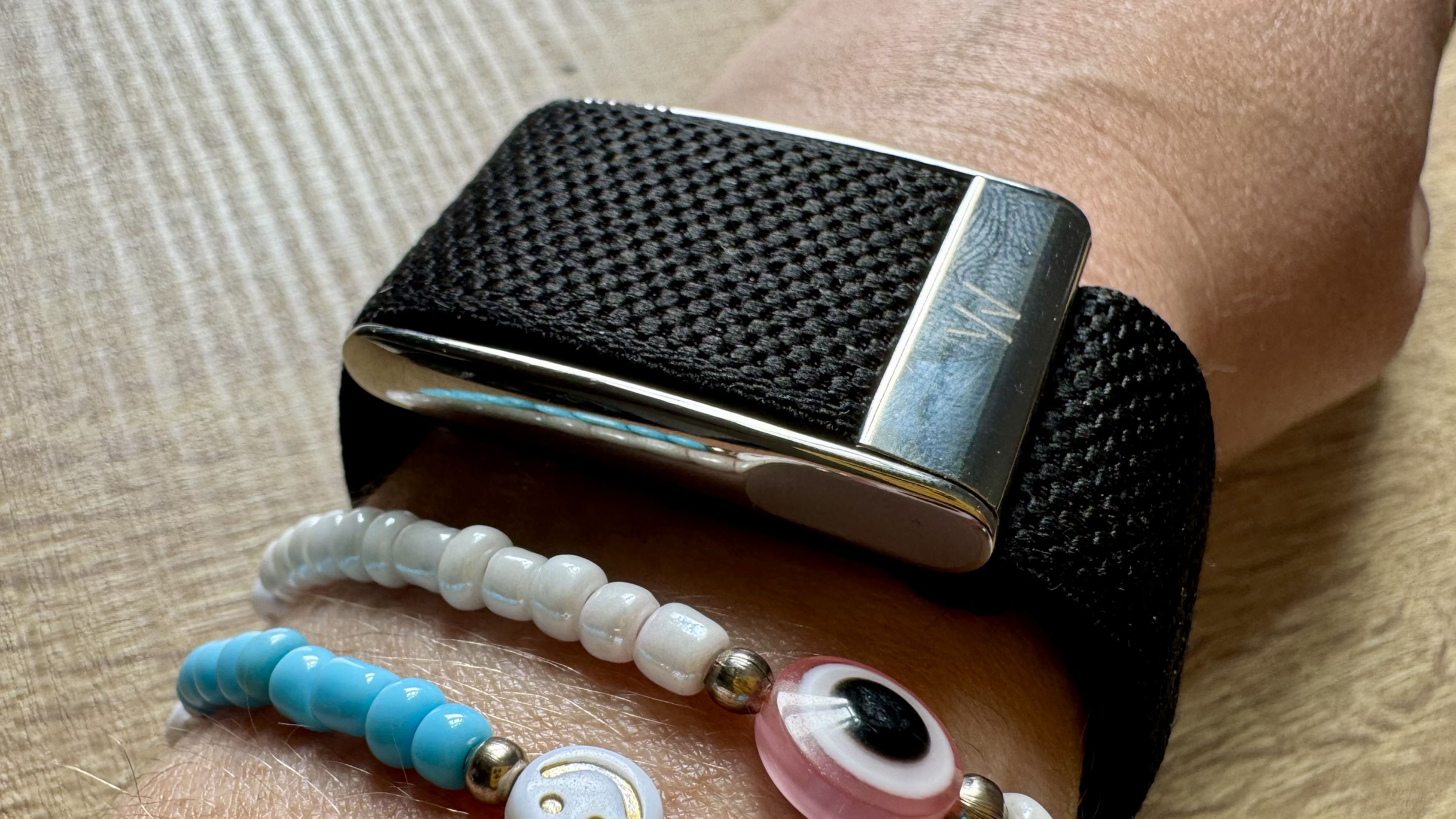
Whoop 5.0 review: Healthspan
Healthspan seems to be Whoop’s flagship new feature, with the idea being it can offer deep insights into your long-term health. There are two different parts to it — Whoop Age, and Pace of Aging. Whoop Age updates gradually over time, whereas Pace of Aging is a score ranging from -1x to 3 based on the immediate impact of your lifestyle choices.
Healthspan calculates these insights by analyzing nine key metrics across sleep, strain and fitness. It looks at total hours of sleep, sleep consistency, and time spent in heart rate zones, your VO2 max, among others.
Whoop 5.0 review: Sleep

Eve is a sleep tech product tester and writer at Tom's Guide, covering everything from smart beds and sleep trackers, to sleep earbuds and sunrise alarm clocks.
Besides its exceptional health tracking capabilities, the Whoop MG is one of the best sleep trackers we've tested this year. It is a comprehensive sleep and recovery tracker that helps you understand just how ‘strained’ your body is and how much sleep you need each night to optimize your recovery.
Whoop sleep reports consist of several useful metrics, including how much sleep you actually got vs how much your body needed (based on your activity levels, recent cardiovascular and muscular exertion, and sleep debt), sleep consistency, sleep efficiency, sleep stress, disturbances, and time spent in each essential sleep stage. Evaluating these metrics together, Whoop delivers an overall Sleep Performance score for each night.
Whoop also has a sleep debt calculator. This means each evening you’ll receive a notification with a target bedtime and sleep duration for the best chance of full recovery the next day. Other useful sleep features include Whoop’s sleep diary, where you can enter things like caffeine consumption, meal timings, and alcohol consumption to keep track of how these typically sleep-disrupting habits truly impact your rest. Plus, the AI-generated sleep coach breaks down the previous night’s sleep performance and gives you actionable tips to improve or maintain the quality of your rest the following night.
In terms of accuracy, Whoop’s metrics largely lined up with my other sleep trackers, including the Oura Ring 4 and Withings under mattress tracker during my testing period, giving identical to-the-minute sleep and wake-up times on several occasions.
Only once during the two-week testing period did I raise an eyebrow at the Whoop MG’s sleep tracking metrics. On this night, Whoop gave a 100% sleep score, which I don’t think was reflective of the night's sleep I had, considering I woke up on three occasions through the night and struggled to nod back off.
However, as an active runner, I found the Whoop MG a useful sleep tracker that helped me find a better balance between exercise and recovery, making sure I was sleeping enough every night to support my training and avoid building up a sleep debt. Perhaps less useful for inactive people, but I certainly recommend it to athletes looking to harness their sleep for better physical performance.
Whoop 5.0 review: ECG
Another key metric on the Whoop MG is the ECG sensor, which gives medical-grade ECG readings. It’s easy to use — you simply sit still, with your hands on a table, and hold the sensor with your thumb and forefinger. I was able to get an ECG reading in minutes.
Most people won’t need to take an ECG reading every day, but the monitor detects signs of Artial Fibrillation (AFib) and provides Irregular Heart Rhythm Notifications. It’s a great feature, but I’d say it’s not a deal breaker if you’re on a budget.
Whoop says the MG can also give you blood pressure insights, but you’ll need a cuff to set up your baseline readings, so I’ve not been able to test this yet as I don’t have one at home.
Whoop 5.0 review: Verdict
There’s no doubt about it, the new membership options make the Whoop an expensive tracker. While there’s no initial outlay for the device, being hit with another $359/£349 a year in feels like a lot.
If you’re trying to decide between the Whoop 5.0 and the Whoop MG, I’d argue for most people, the Peak membership tier is the way to go. You’re getting all of the detailed tracking we’ve come to expect from Whoop, without the ECG and blood pressure monitors you’re unlikely to use an awful lot (unless, of course, you have a heart condition where regular ECG reading is beneficial.)
The Whoop 5.0 itself is a massive upgrade on the Whoop 4.0 — it’s lighter, smaller, and faster. Plus, the new features like Healthspan and Female Hormonal Insights with the Peak membership can help you make decision to optimize your fitness, recovery, and sleep, without medical grade sensors.

Jane McGuire is Tom's Guide's Fitness editor, which means she looks after everything fitness related - from running gear to yoga mats. An avid runner, Jane has tested and reviewed fitness products for the past five years, so knows what to look for when finding a good running watch or a pair of shorts with pockets big enough for your smartphone. When she's not pounding the pavements, you'll find Jane striding round the Surrey Hills, taking far too many photos of her puppy.
You must confirm your public display name before commenting
Please logout and then login again, you will then be prompted to enter your display name.
